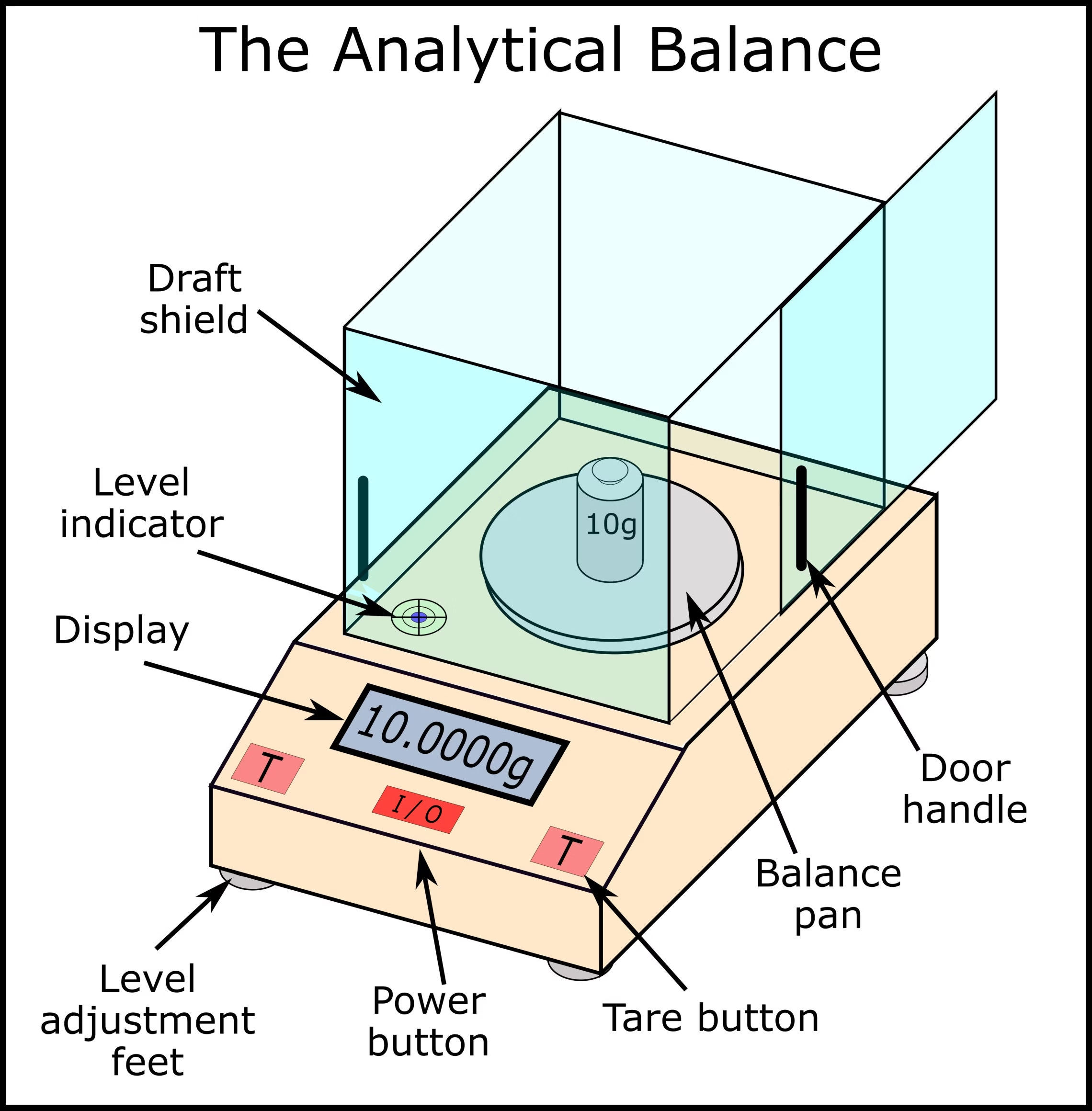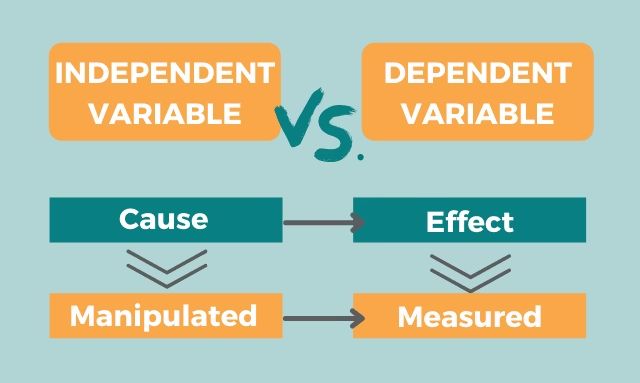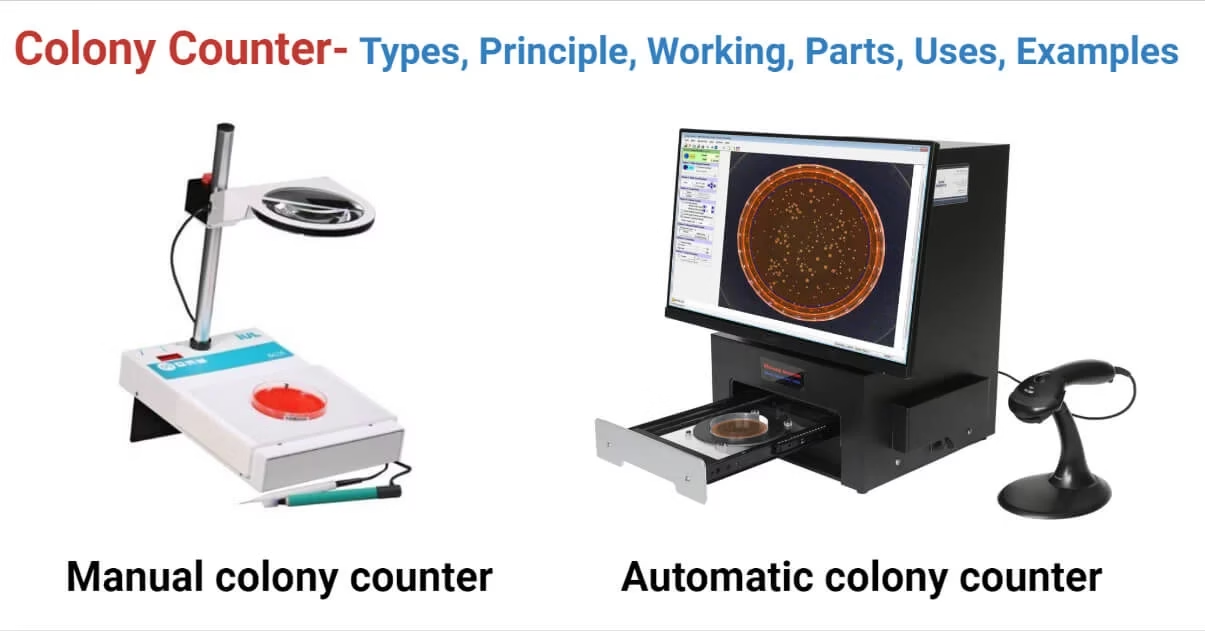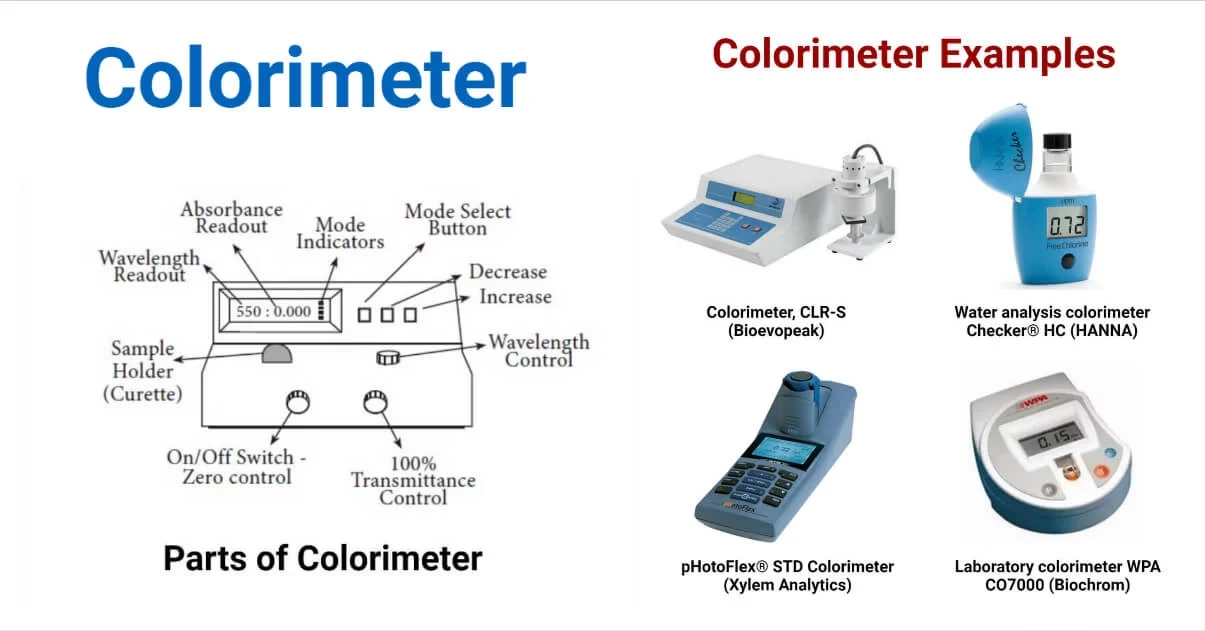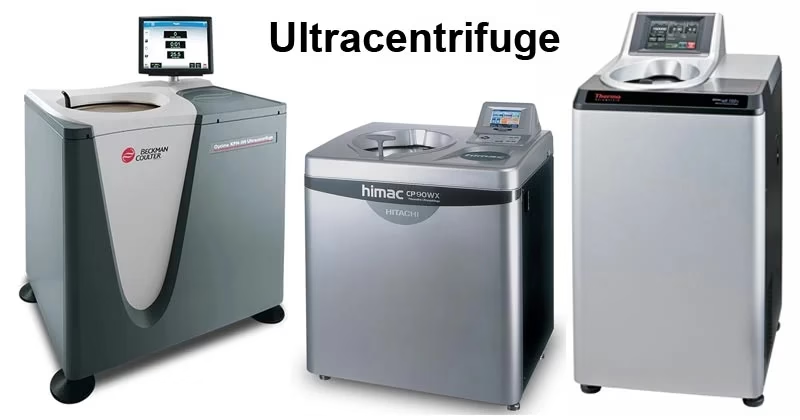Analytical Balance – Definition, Principle, Parts, Types, Working, Applications, Advantages & Precautions
An Analytical Balance is a highly sensitive laboratory instrument designed to measure the mass of substances with extreme accuracy. It is a Class II balance often referred to as a laboratory balance, capable of measuring solid, liquid, granular substances, or powders.
